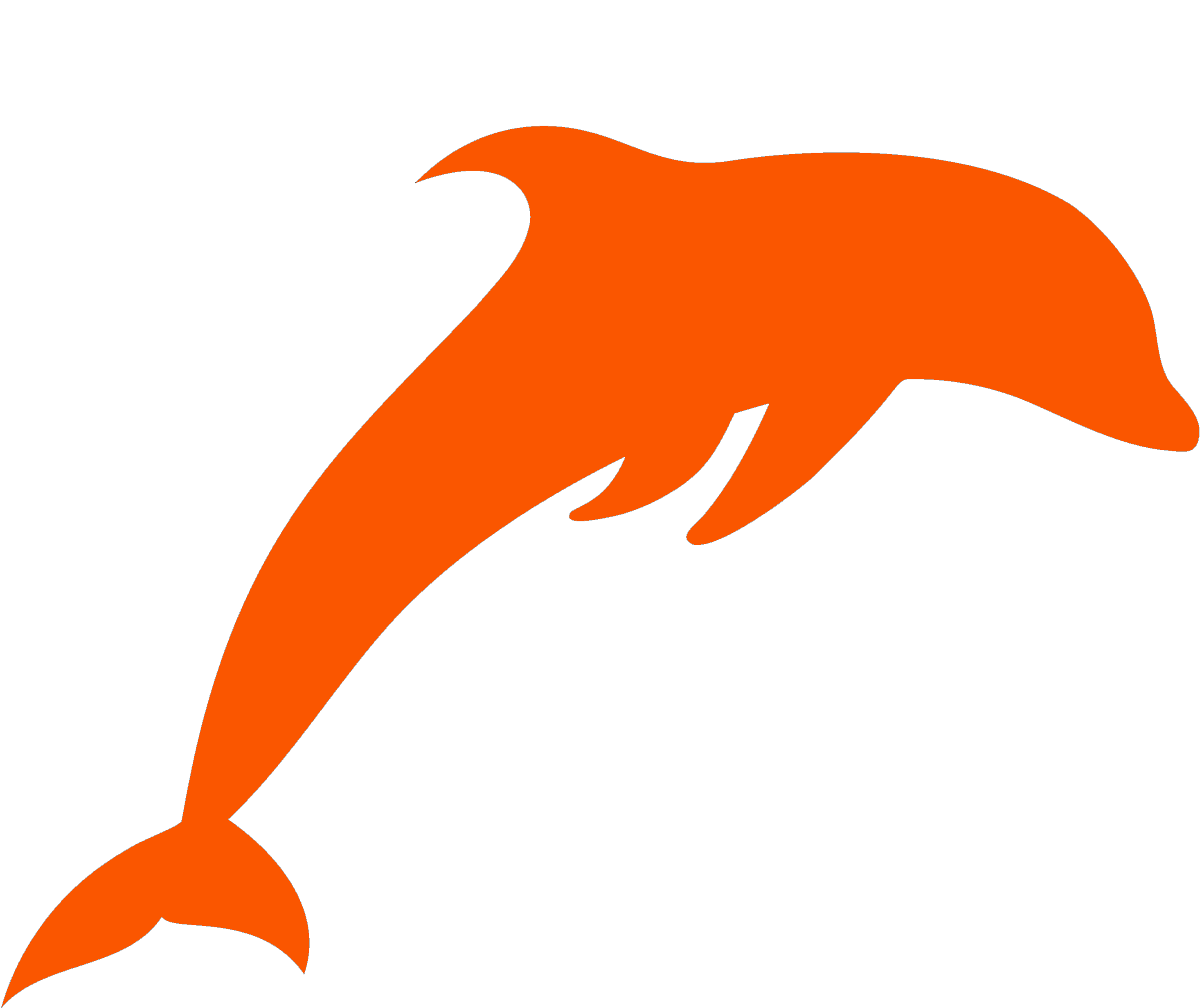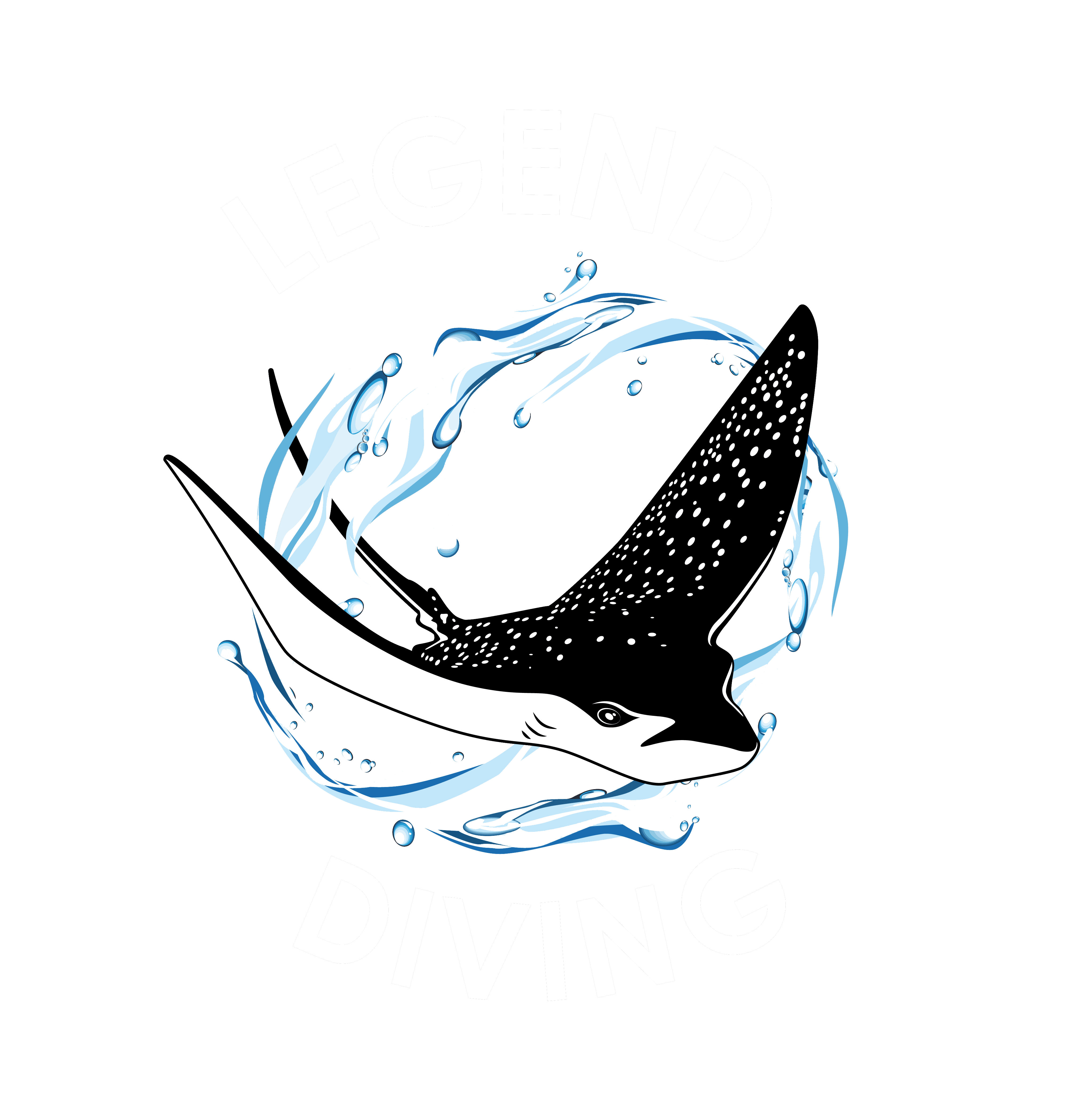
The Dwellers of the Depth
What Do We Know About Mola Mola Bali?
When divers think of Bali and especially Nusa Penida, they will most certainly picture an encounter with a Mola mola. Having said that, we accommodate Scuba Divers who have traveled far and wide in the pursuit of a rare sighting. It truly is an alien-like fish that is so strange that it’s hard to imagine until you see one, yourself. Notably, the Mola mola, dwell in the depths of some of our dive sites.

All That Makes You Want to Meet Them
Fun Facts About Mola Mola Bali
Surprisingly, Mola-Mola dwell in many different locations around the world. With this in mind, most of them are too small in size to be seen and therefore undetected. Fortunately for us on Nusa Penida, Mola studies began many years ago, and therefore finding them has become easier.

Conservation & Code of Conduct
How to Dive with Mola Mola in Bali
Legend Diving Penida has created a well-thought-out list of how to safely dive with Mola mola. Of course, we want everyone to enjoy their encounters, however; we need to ensure the safety of the wildlife, too. On that note, the priority is to keep our distance while they are at the cleaning stations. With this in mind, it is vital for the Molas to have regular cleaning of parasites by the cleaner fish. Once they have enjoyed a nice bath, they will usually stick around and put on a show for us.

Mola Conduct Guidelines
- Please Don’t touch anything whilst scuba diving, especially the underwater marine life. In the event that a Mola approaches, stay calm and do not touch!
- Please be slow and relaxed when approaching a Mola. Keep within their line of vision and never splash the water or enclose them

The Dwellers of the Depth
What Do We Know About Mola Mola Bali
When divers think of Bali and especially Nusa Penida, they will most certainly picture an encounter with a Mola mola. Having said that, we accommodate Scuba Divers who have traveled far and wide in the pursuit of a rare sighting. It truly is an alien-like fish that is so strange that it’s hard to imagine until you see one, yourself. Notably, the Mola mola, dwell in the depths of some of our dive sites.

All That Makes You Want to Meet Them
Fun Facts About Mola Mola Bali
Surprisingly, Mola mola dwell in many different locations around the world. With this in mind, most of them are too small in size to be seen and therefore undetected. Fortunately for us on Nusa Penida, Mola studies began many years ago, and therefore finding them has become easier.

Conservation & Code of Conduct
How to dive with Mola Mola in Bali
Legend Diving Penida has created a well-thought-out list of how to safely dive with Mola mola. Of course, we want everyone to enjoy their encounters, however; we need to ensure the safety of the wildlife, too. On that note, the priority is to keep our distance while they are at the cleaning stations. With this in mind, it is vital for the Molas to have regular cleaning of parasites by the cleaner fish. Once they have enjoyed a nice bath, they will usually stick around and put on a show for us.

Mola Conduct Guidelines
- Please Don’t touch anything whilst scuba diving, especially the underwater marine life. In the event that a Mola approaches, stay calm and do not touch!
- Please be slow and relaxed when approaching a Mola. Keep within their line of vision and never splash the water or enclose them






